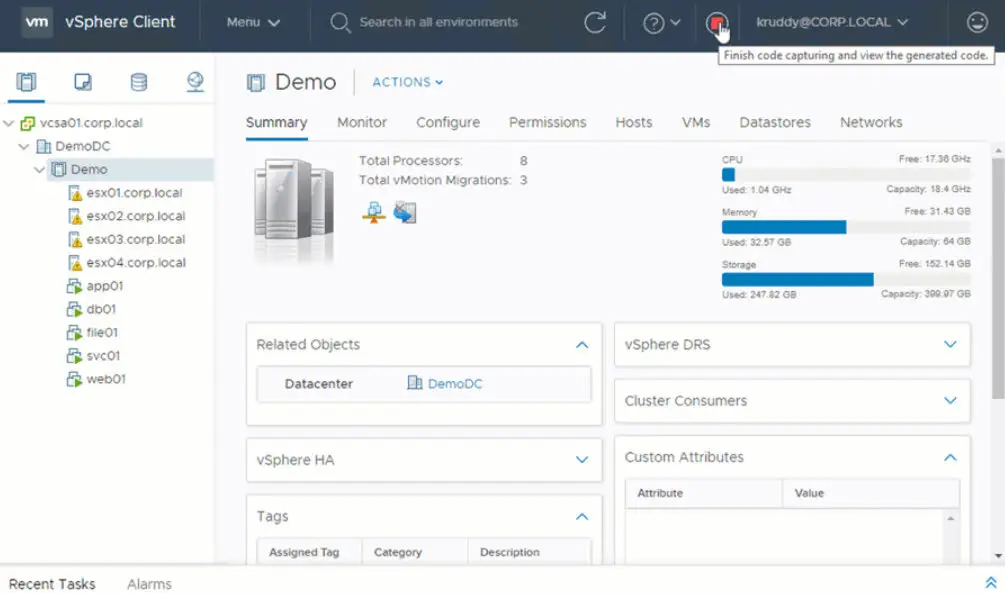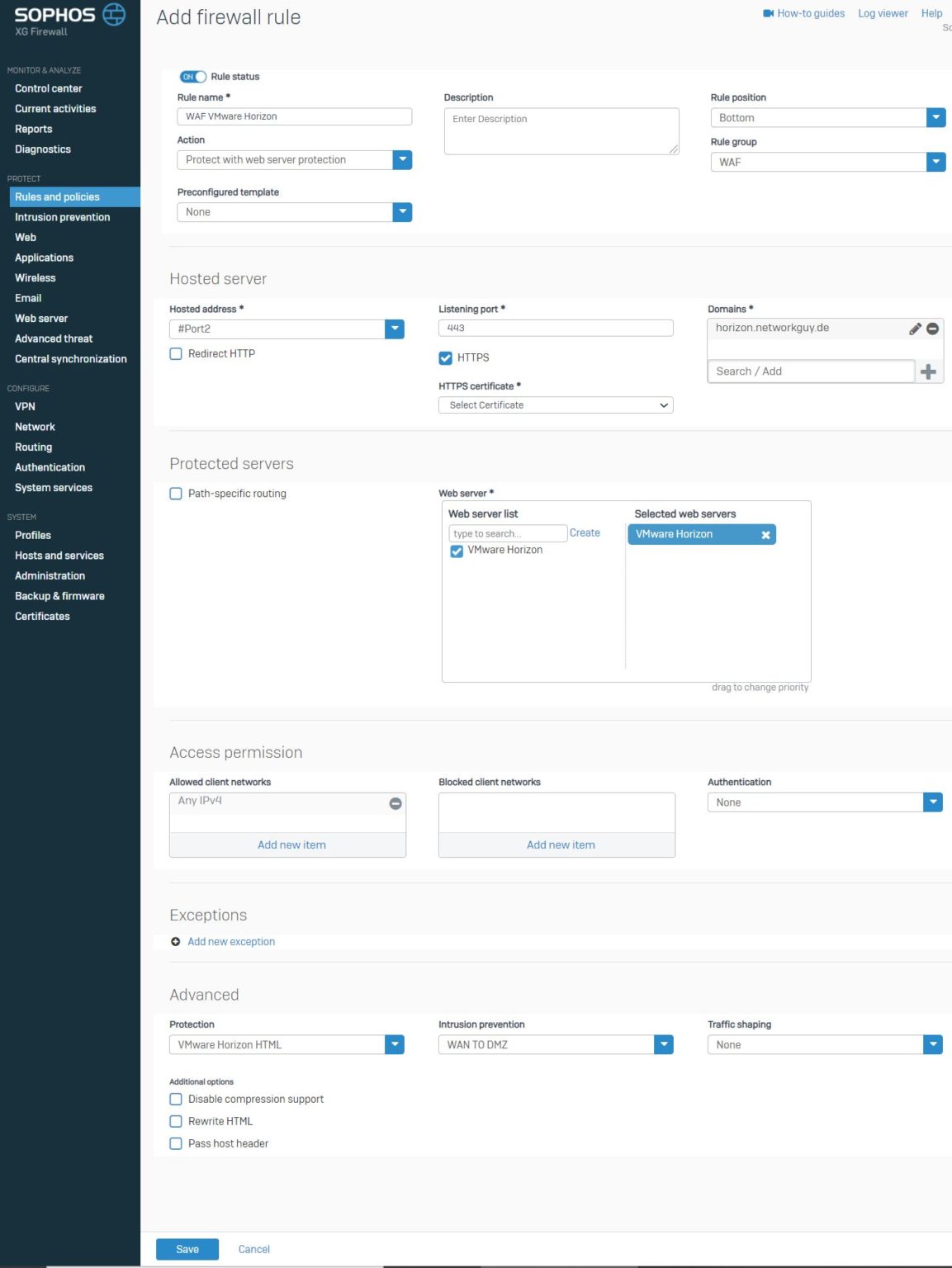

I checked the official VMware and Teradici (the creators of PCoIP) documentation for guidance on how to do this, but didn't find much information. I recently wanted to modify the PCoIP settings on my installation of Horizon 7.7 that was using a Windows 7 virtual desktop. To show how build-to-lossless works, imagine that you're scrolling down through a Web page on your virtual desktop: at first you'll have low resolution or lossy graphics, and if you stay on the page the graphics will soon achieve their native resolution or become lossless, but if you move on from the page, unneeded graphic information won't be transferred over the network.

In highly simplified terms, it starts with a low-resolution version of what's being displayed and then the display will progressively transition to a higher resolution over time. "Build-to-lossless" is a clever way that PCoIP can increase an end user's experience with his virtual desktop and reduce network traffic. Also, as PCoIP transfers information such as video, audio, and USB, and other interactions between a VDI client and a virtual machine, PCoIP allows you to dictate the amount of bandwidth these interactions can consume.

For example, because you may want to have PCoIP manually cap the amount of data that's transferred over the network, PCoIP allows you to put a maximum on the amount of network traffic that a VDI session can consume. PCoIP constantly monitors its network connections and will adjust how much data is being transferred from the virtual desktop to the VDI client as needed. In this article, I'll first give a brief overview of PColP and then discuss some its settings that can be modified and how I modified them. PCoIP allows you to adjust these settings in order to modify the experience that an end user has with his virtual desktop.

Some of the techniques that PCoIP uses to decrease the amount of network traffic from the virtual desktop to the VDI client include compressing data, capping the amount of bandwidth each PCoIP session can consume, prioritizing certain streams of data and building a graphic display to lossless. PC over IP (PCoIP) is one of the protocols that can be used by Horizon, VMware's Virtual Desktop Infrastructure (VDI) solution, which allows the information from a virtual desktop to be efficiently transferred and displayed to a VDI client.


 0 kommentar(er)
0 kommentar(er)
